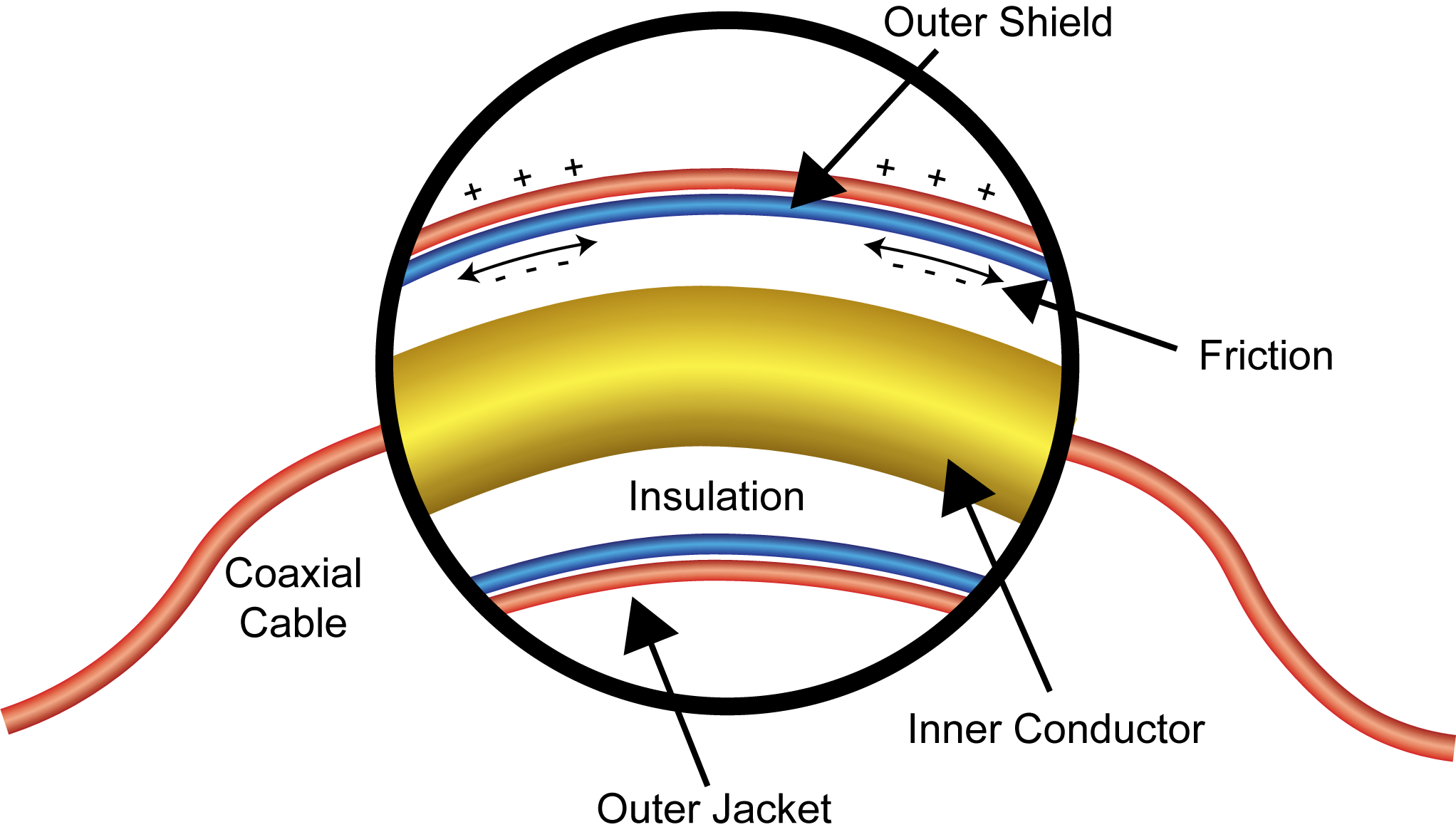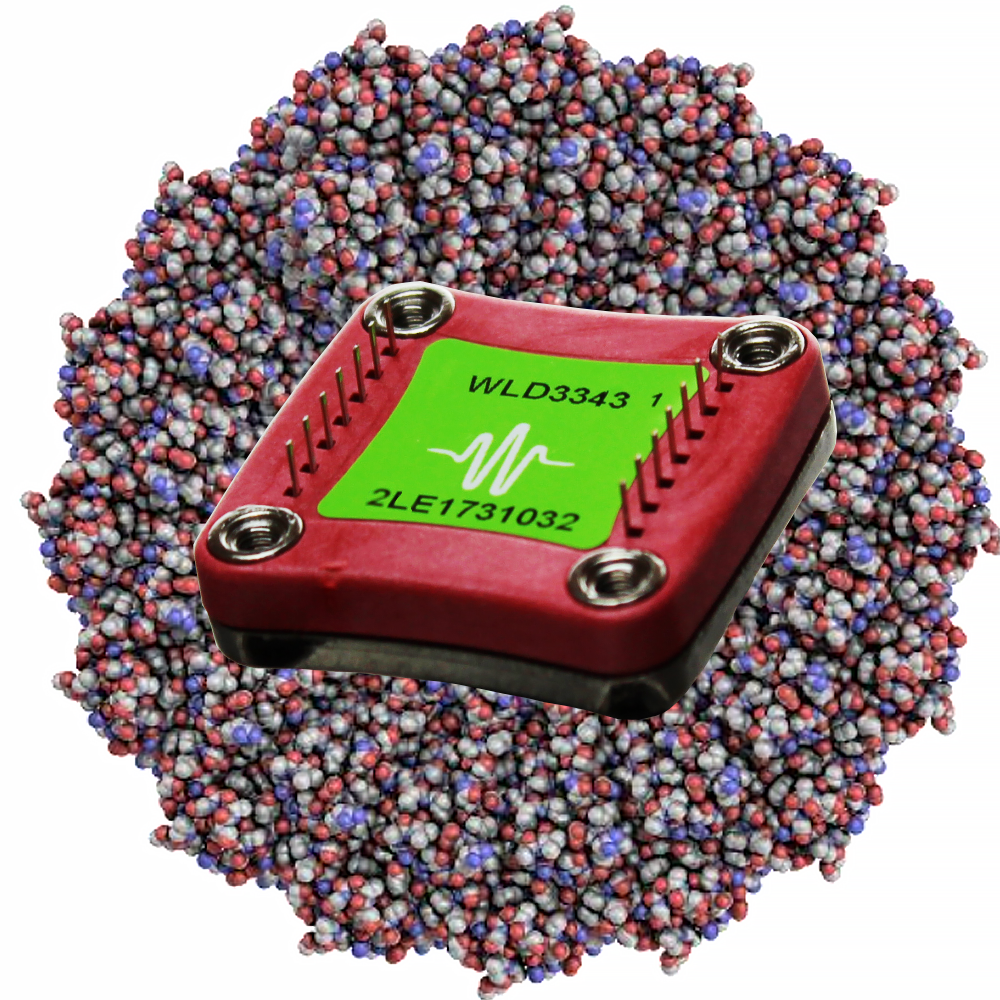
Laser systems and temperature control systems are comprised of discrete components. While the components (laser, laser driver, temperature controller, power supply, etc.) themselves produce noise that can add to the instability of the design, the connections between these components can contribute to the overall noise as well. Optimizing these component connections will maximize performance and reduce noise levels.
This Application Note discusses a variety of factors related to cabling optimization, including: leakage resistance, triboelectric and piezoelectric effects, shielding, insulation, grounding, length, and twisting.
Subscribe to our newsletter for tips, techniques & product updates.
Laser stability is critical for sensing low concentrations of harmful gases in the air. Wavelength’s low noise laser diode driver, the WLD3343, enabled the sensitive measurements and analysis for ammonia gas detection in livestock housing.
The WTC3243 ultrastable temperature controller helped narrow linewidth and ensure stable wavelength for improved laser diode control and laser heatsink temperature.
In this interview, Wavelength Electronics Inc. joins Kevin Repasky, Ph.D., Assistant Professor at Montana State University, a previous researcher of Raman scattering. Raman scattering and Raman spectroscopy are explained with critical parameters and components explored. Stable control of a laser diode, whether as the light source or pump laser, is crucial in establishing stable wavelength and reduced electrical and optical noise. Within a wide variety of applications, Raman spectroscopy can provide molecular “fingerprints” based on vibrational or rotational modes of the molecule.
We invite you to contribute topic suggestions, questions, and general feedback. Wavelength will incorporate as much reader input as possible.
Click to Submit





